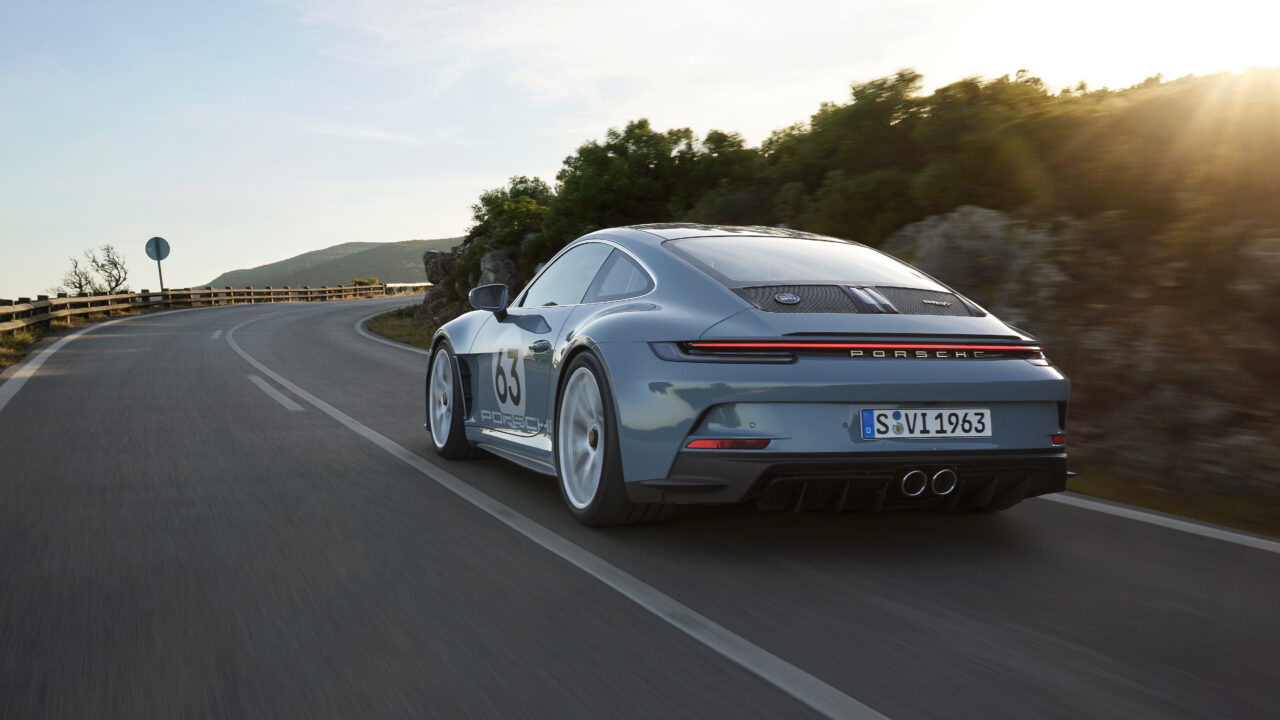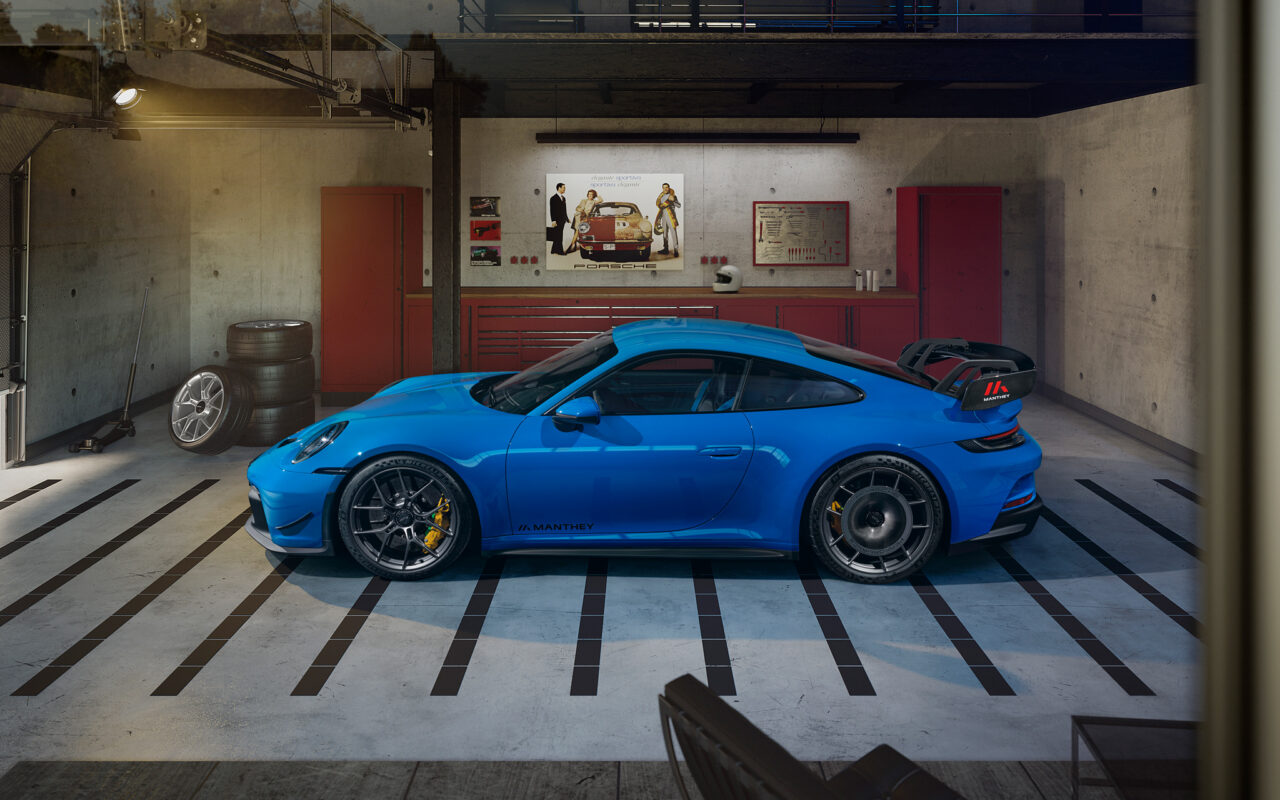How Will the Naturally Aspirated Engine of the Porsche 911 GT3 Change in Two Years? Hybrid or Turbocharged?
公開日:2024.11.05

コンテンツ
The Future of the Naturally Aspirated Engine in the Porsche 911 GT3
Recently, I wrote on the blog about how the GT3 engine might no longer be produced in about two years, alongside some thoughts on the next Turbo model. This time, I want to dive a little deeper into the future of the GT3 engine.
It is said that the 500-horsepower naturally aspirated flat-six engine in the Porsche 911 GT3 will only be available without a turbocharger or hybrid system for about two more years.
This view comes from Andreas Preuninger, head of Porsche’s GT division.

The current 4.0-liter engine has been installed in the 911 GT3 since the 991.2 generation in 2018, and is also used with different tuning in the 911 S/T, 911 GT3 RS, 718 Cayman GT4 RS, and 718 Spyder RS. This engine is one of the few naturally aspirated engines Porsche currently produces, and one of only two engines without forced induction or hybrid systems. The other is a closely related 4.0-liter flat-six engine found in the 718 Cayman GTS 4.0 and 718 Boxster GTS 4.0.
Meeting Stricter Emissions Regulations
According to Preuninger, the updated 911 GT3 could be the last to feature a naturally aspirated flat-six engine. The reason is that in its current form, it cannot meet increasingly strict emissions regulations.
Preuninger referenced the new Euro 7 standards coming into effect in 2026 and reportedly said:
“If the laws don’t change, this engine could live forever. However, I don’t think it can meet Euro 7 without electrification or a turbocharger. As things stand, we can sell this car for about two more years, but it depends on the market.”
Future Options for the 911 GT3
One possible solution for the GT3 is to switch to a variation of the new hybrid system used in the 911 GTS. This system combines a 3.6-liter turbocharged engine with an electric motor integrated into the gearbox, producing 541 horsepower. Competitors like Lamborghini and Ferrari have already adopted turbocharged engines and hybrid setups.

However, Preuninger suggests that because the GTS and GT3 serve different purposes, they require different powertrains. He reportedly said:
“For the GTS, this is a fantastic setup. It’s as fast as the GT3 in a straight line, maybe even quicker off the line. But that doesn’t matter to me. For the GT3, straights are just the links between corners.”
Challenges in Preserving the GT3’s Soul
While Preuninger acknowledges that hybrid systems are the right approach to electrifying sports cars, he explains why they won’t adopt it for the GT3.
“We would have to use the PDK II transmission found in the standard Carrera. This is over 20 kg heavier than our ‘sports’ PDK.”
This comment highlights the difficulty of maintaining the GT3’s soul — the combination of lightweight construction and a high-revving naturally aspirated engine. Porsche faces the tough challenge of balancing regulatory compliance with performance preservation.
For Porsche fans, the 911 GT3 holds a special place. The fate of its naturally aspirated engine, the heart of the car, is drawing much attention from current and future Porsche owners.
Over the next two years, all eyes will be on Porsche’s decisions and how they evolve the soul of the GT3.
このブログが気に入ったらフォローしてね!


Comment ( 0 )
Trackbacks are closed.
No comments yet.